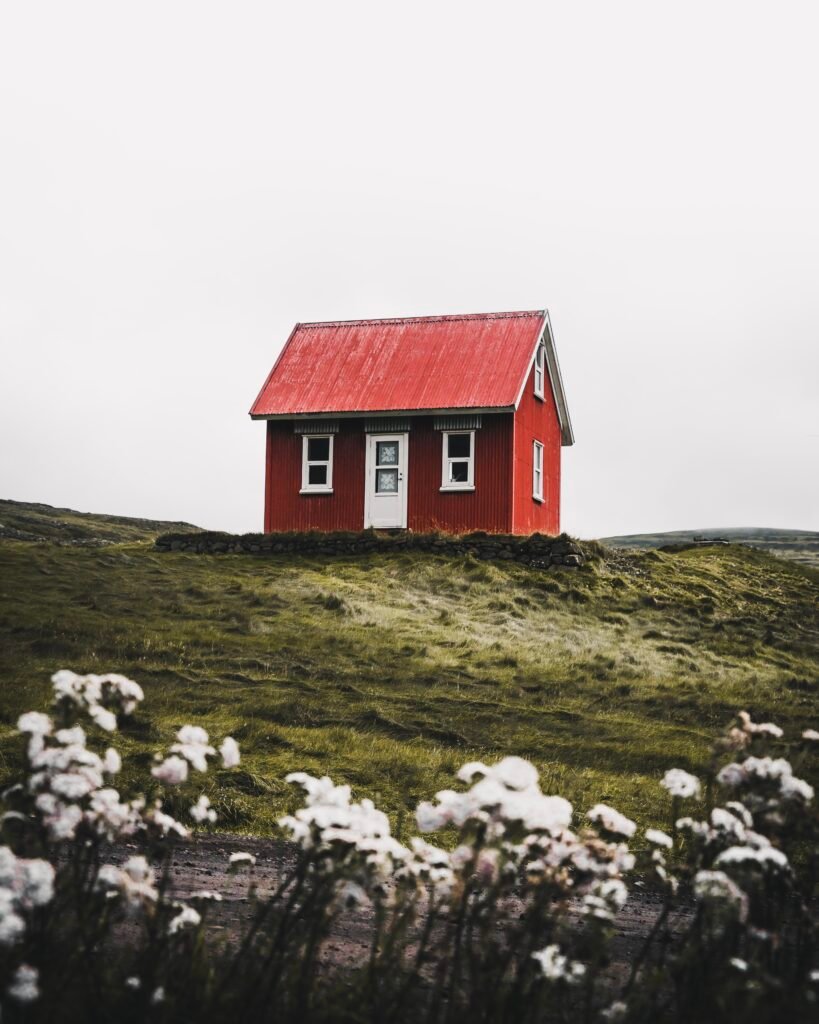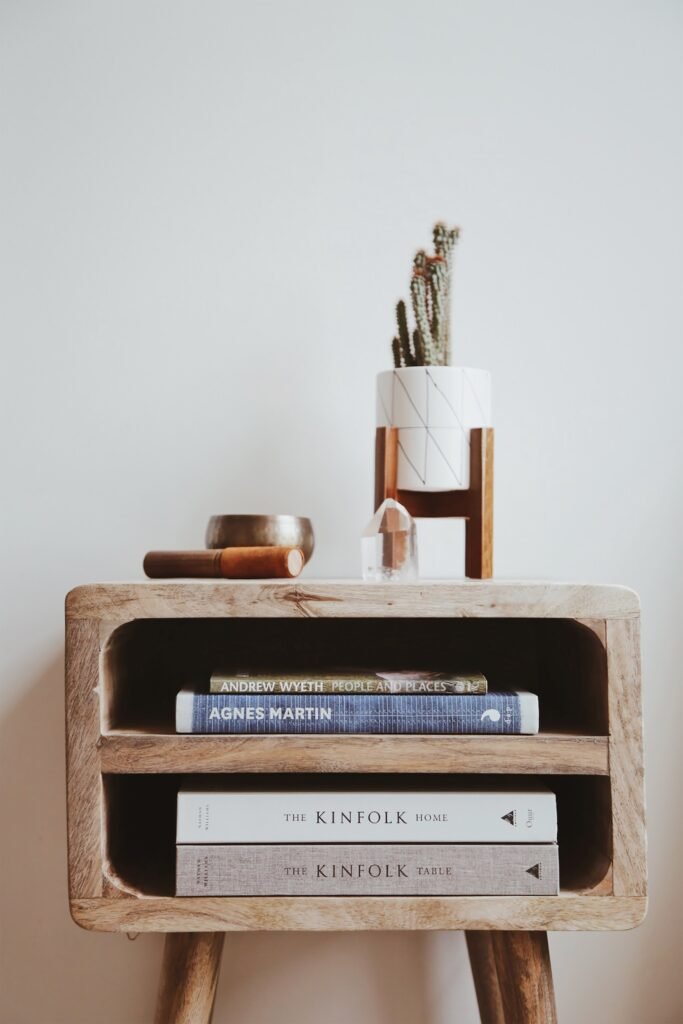Congratulations on your new home! Now that you’ve settled in, you may be wondering how to decorate your space without breaking the bank. Luckily, we’ve got you covered with some helpful tips for decorating your new home on a budget. From DIY projects to smart shopping strategies, we’ll show you how to create a beautiful and inviting space without stretching your wallet. So, grab a cuppa and get ready to transform your new abode into a stylish sanctuary that reflects your personality and won’t break the bank. Congratulations on your new home! While decorating can be an exciting process, it’s important to consider your budget and make smart decisions that will not only beautify your space but also save you money in the long run. In this article, we will explore various tips and strategies for decorating your new home on a budget, from understanding your finances to accessorizing on a budget. Let’s dive in!

Establishing Your Budget
Understanding Your Finances
Before you start decorating, it’s crucial to have a clear understanding of your finances. Take some time to evaluate your current income, expenses, and savings. By gaining a comprehensive picture of your financial situation, you will be able to establish a realistic budget for your home decor projects.
Setting Realistic Goals
With a budget in mind, it’s time to set realistic goals for your home decor. Determine how much money you are willing to allocate towards each area of your home. This will help you prioritize your spending and make informed decisions about where to invest your funds.
Allocating Money Towards Different Areas
Once you know how much you can spend, it’s important to allocate your budget wisely. Consider dividing your budget into different categories, such as furniture, decorations, and renovations. This will help you stay organized and ensure that you have enough money for each aspect of your home decor.
Creating a Theme
Choosing a Colour Palette
Creating a cohesive look for your home starts with choosing a colour palette. Opt for colours that you love and that reflect your personal style. Keep in mind that neutral tones can be versatile and make it easier to switch up your decor in the future.
Deciding on a Style
Whether you prefer a modern, rustic, or eclectic look, choosing a specific style will help guide your decorating decisions. Take inspiration from magazines, online platforms, and even friends’ homes to determine which style resonates with you the most.
Factors to Consider When Choosing a Theme
When selecting a theme for your home, it’s essential to consider factors such as the size of your space, the amount of natural light, and the architectural features. These elements will influence your decor choices and ensure that they complement the overall aesthetics of your home.

Repurposing Existing Items
Evaluating What You Have
Before rushing to the store, take some time to evaluate the items you already own. You might be surprised by how many pieces can be repurposed or refreshed with a little creativity. Assess the condition, functionality, and potential of each item before making any decisions.
Reimagining Old Pieces
Transforming old pieces of furniture and decor can breathe new life into your space. Consider giving that worn-out coffee table a fresh coat of paint or reupholstering that old chair with a trendy fabric. With a little effort and DIY skills, you can turn outdated items into stunning focal points.
DIY Upgrades and Renovations
If you’re feeling handy, consider tackling some DIY upgrades and renovations. From painting walls and installing shelves to building your own furniture, there are plenty of projects you can take on to save money. Online resources and tutorials can guide you through the process and help you achieve professional-looking results.
Shopping Second-Hand
Benefits of Buying Used
Shopping for second-hand items not only helps you save money but also allows you to find unique pieces with character. Thrift stores, consignment shops, and online platforms are great places to hunt for one-of-a-kind treasures. Plus, buying used items is an eco-friendly choice as it reduces waste and supports sustainable consumption.
Where to Shop for Second-Hand Items
When it comes to shopping second-hand, it’s all about knowing where to look. Explore local thrift stores, antique markets, and garage sales for hidden gems. Online platforms such as eBay, Craigslist, and Facebook Marketplace also offer a wide range of used furniture and decorations.
Tips for Buying Used Furniture and Decorations
When buying used items, it’s important to be mindful of their condition and quality. Inspect each piece thoroughly, checking for any damage or signs of wear. Don’t be afraid to negotiate the price, as sellers are often willing to accept lower offers. Additionally, consider measuring the space where the item will go to ensure a proper fit.

Doing It Yourself
Benefits of DIY
Engaging in DIY projects not only allows you to put a personal touch on your home decor but also helps you save money. By doing tasks yourself, such as painting or assembling furniture, you can avoid paying for professional services. Furthermore, DIY projects can be a fun and fulfilling way to unleash your creativity.
Simple DIY Projects for Beginners
If you’re new to DIY, start with simple projects that don’t require extensive skills or tools. Painting a feature wall, creating a gallery wall, or making your own wall art are all great beginner-friendly projects. As you gain confidence, you can gradually take on more complex tasks.
Resources for Learning DIY Skills
The internet is a treasure trove of DIY resources, from step-by-step tutorials to video guides. Websites like Pinterest and YouTube are excellent platforms for finding inspiration and learning new skills. Additionally, consider attending local workshops or joining online communities where you can connect with fellow DIY enthusiasts and gain valuable advice.
Utilizing Free Resources
Finding Freebies Online
The internet offers a wealth of free resources for decorating your home. Look for websites and apps that provide free interior design software, allowing you to visualize different layouts and furniture arrangements. Online communities and forums are also great places to seek advice and inspiration at no cost.
Asking Friends and Family
Don’t hesitate to reach out to friends and family members who may have unwanted furniture or decorations. People often have pieces sitting in storage or collecting dust in their homes. By sharing your needs and interests, you may be surprised by the generosity of your loved ones.
Taking Advantage of Community Resources
Many communities offer free or low-cost resources for home decor. Public libraries often have books and magazines on interior design available for borrowing. Additionally, some cities have tool libraries where you can borrow tools for your DIY projects at no charge.
Investing in Key Pieces
Deciding What to Splurge On
While decorating on a budget is important, there are certain key pieces that are worth investing in. A comfortable mattress, a durable sofa, and quality kitchen appliances are examples of items that will last longer and provide better value for your money. Prioritize these essentials and allocate a higher portion of your budget accordingly.
Long-Term Investments vs Short-Term Saves
When making purchasing decisions, think about the long-term benefits rather than solely focusing on short-term savings. For instance, investing in energy-efficient lighting or insulation may require a higher upfront cost but will save you money on utility bills in the long run. Consider the long-term value and potential savings when selecting items for your home.
Making Big Purchases on a Budget
If you have your heart set on a specific item but the price tag is beyond your budget, don’t despair. Look for sales, discounts, or negotiate with sellers to get a better deal. Timing your purchases strategically, such as taking advantage of seasonal sales, can also help you secure high-quality items at a fraction of the original price.
Strategic Decorating
Decorating with Mirrors
Mirrors are a powerful tool when it comes to decorating on a budget. They have the ability to make a space appear larger, reflect natural light, and add visual interest. Consider placing mirrors strategically in your home to maximize their impact. As an added bonus, mirrors can often be found at affordable prices.
Using Lighting Effectively
Good lighting can transform the atmosphere of a room and make it feel more welcoming. Experiment with different lighting options, such as floor lamps and string lights, to create a cozy and inviting ambience. Remember to choose energy-efficient bulbs to save on electricity costs as well.
Creating Illusion of Space with Furniture Layout
If your new home is on the smaller side, clever furniture placement can create the illusion of more space. Avoid overcrowding by opting for multi-functional furniture, such as storage ottomans or sofa beds. Additionally, arrange your furniture in a way that maximizes openness and flow.
Maintaining a Minimalist Mindset
Benefits of Minimalism
Minimalism is not only a trendy style choice but also a mindset that can help you save money and reduce clutter. Embracing minimalism means focusing on quality over quantity and being intentional with your purchases. By incorporating minimalist principles into your home decor, you can enjoy a cleaner, more organized space while avoiding unnecessary expenses.
Implementing Minimalism in Your Home
To embrace minimalism, start by decluttering your space and getting rid of items you no longer need or love. Opt for simple and functional furniture that serves a specific purpose. Keep surfaces clear of excessive decorations and focus on creating a calming and serene atmosphere.
Cost-Saving Aspects of Minimalism
Minimalism inherently promotes cost-saving as it encourages you to be more mindful of your purchases. By avoiding impulse buys and unnecessary decorations, you can save money in the long run. Additionally, having fewer items means less maintenance and lower storage costs.
Accessorizing on a Budget
Choosing Affordable Art
Adding art to your walls doesn’t have to break the bank. Look for affordable prints or posters that resonate with your personal style. Alternatively, consider creating your own artwork or framing sentimental items like photographs or postcards. Thrift stores and flea markets can also be great sources for inexpensive art pieces.
Getting Creative with Display
Be imaginative when displaying your accessories. Grouping items together, such as a collection of small plants or vintage knick-knacks, can add visual interest without spending much. Look for unconventional ways to showcase your belongings, such as hanging them on a clothesline or arranging them on floating shelves.
Creating a Luxurious Feel with Cheap Accessories
You don’t need to spend a fortune to create a luxurious feel in your home. Simple and inexpensive accessories like decorative pillows, throw blankets, and scented candles can instantly elevate the ambiance. Look for budget-friendly options that mimic high-end designs and textures. Remember, it’s the little details that make a big difference.
Decorating your new home on a budget doesn’t mean sacrificing style or quality. By understanding your finances, repurposing existing items, shopping second-hand, and utilizing free resources, you can create a beautiful and personalized space without breaking the bank. Remember to prioritize key pieces, implement strategic decorating techniques, and maintain a minimalist mindset. With a little creativity and resourcefulness, you can transform your new home into a place that reflects your personality and meets your budgetary needs. Happy decorating!
